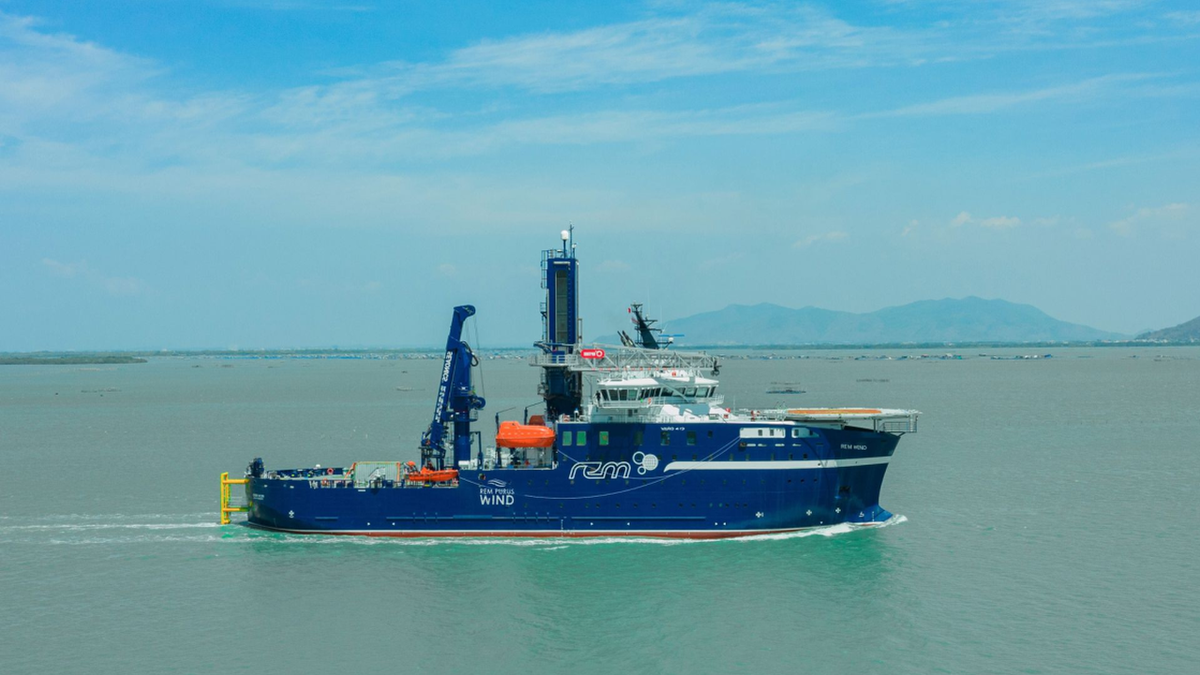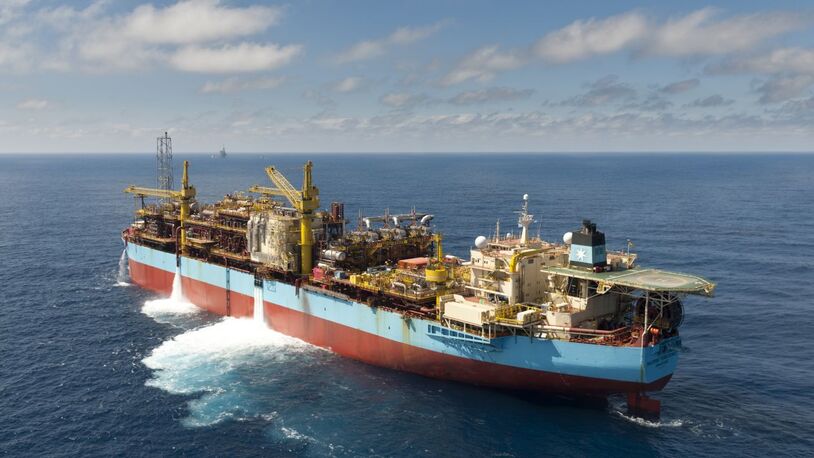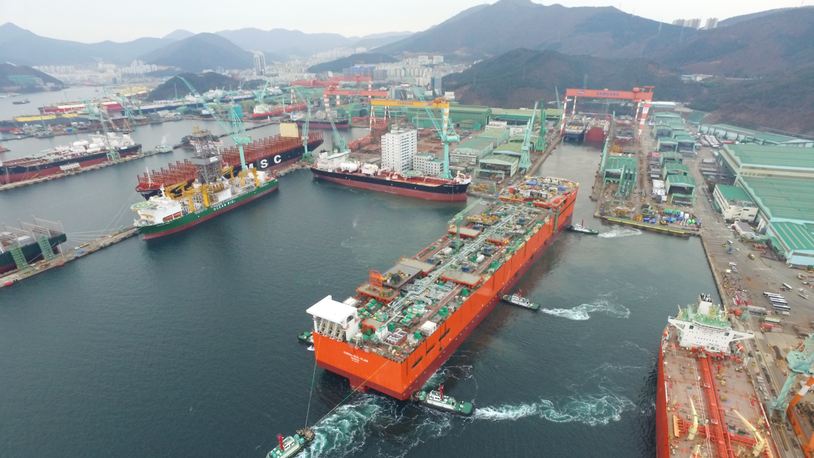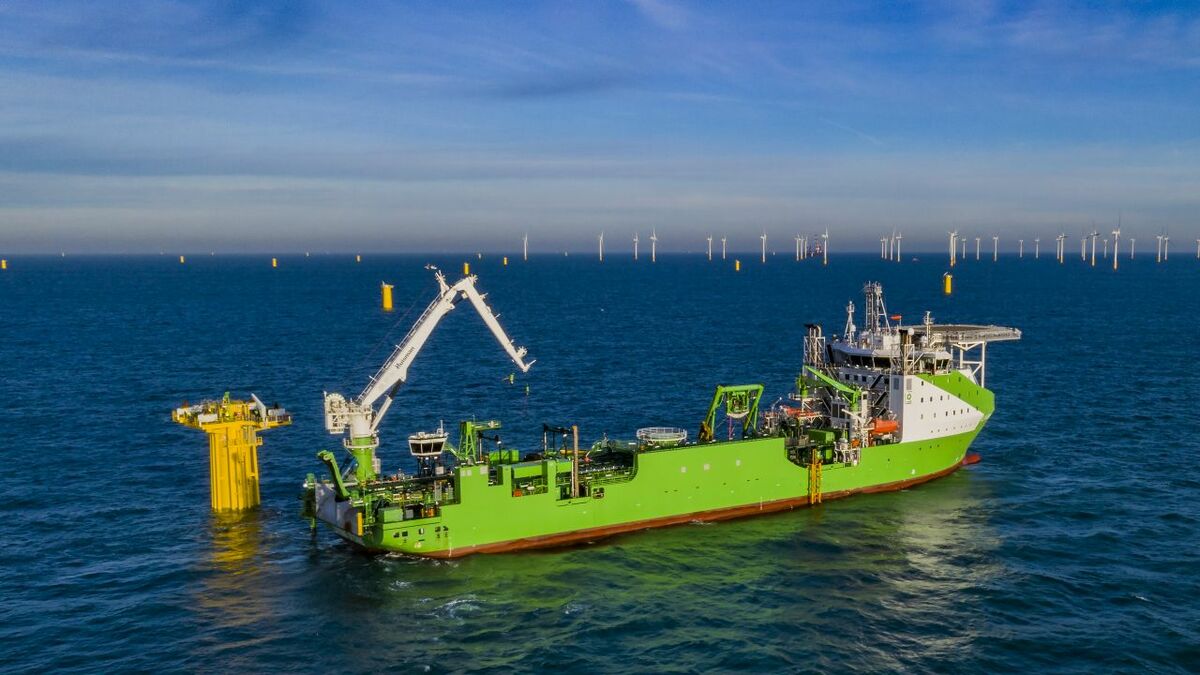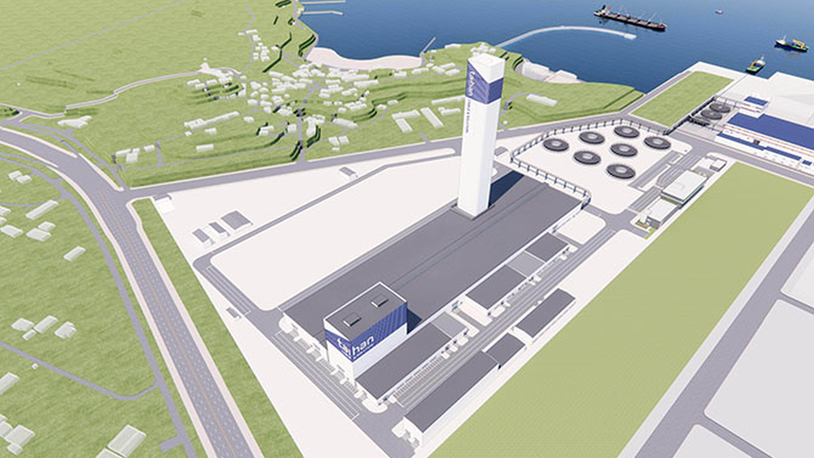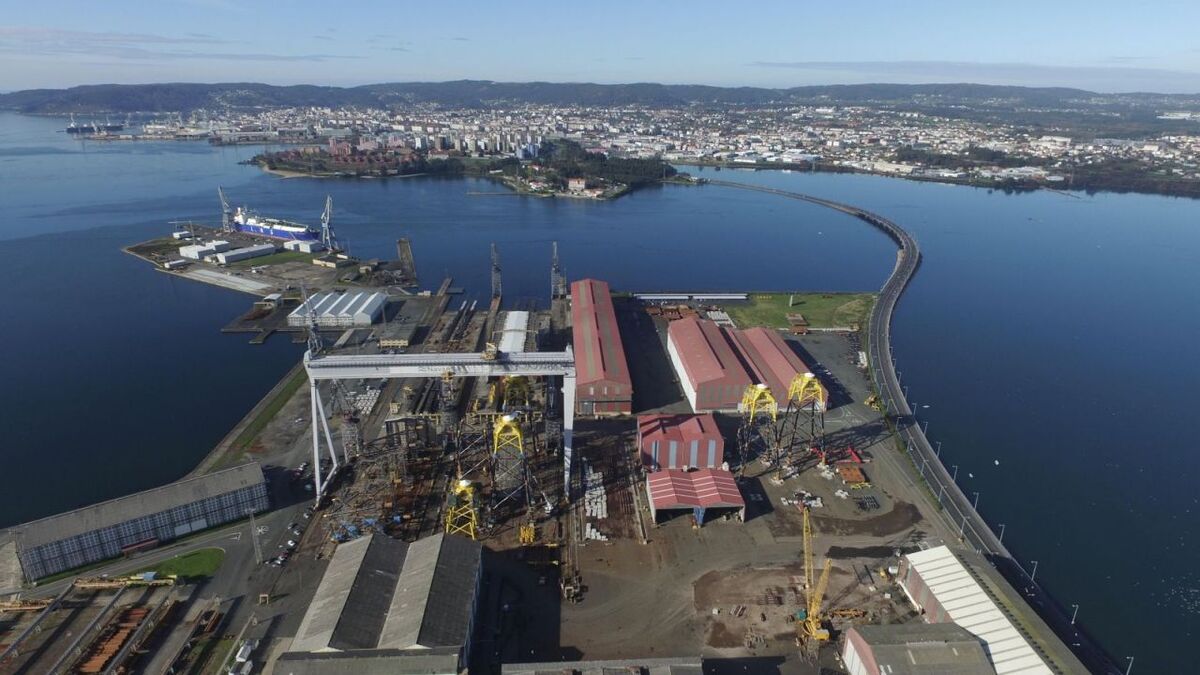Business Sectors
Events
Contents
Register to read more articles.
Oil and gas, offshore wind both driving demand for vessels and technology
The research arm of leading shipbroker Clarksons says the offshore vessel market continues to enjoy ‘encouraging fundamentals’ thanks to a resurgence in demand since 2021, as confidence also returns to the offshore wind sector
Clarksons Research notes that in addition to the resurgence in the offshore support vessel market since 2021, the offshore wind market has recovered from more recent travails including the adverse effects of inflation, further driving demand for offshore vessels and related capacity.
Following extremely lean times in the period between 2015 and 2020, which was characterised by a sharp reduction in investment in offshore support vessels for the oil and gas market, since mid-2021, the market has seen a record upturn, with improving utilisation and day rates, the research arm of the broker said.
“Our Index hit a new record in July 2024, and was up 157% on the low of 2018,” the company said. “Though the downturn was severe and Covid another set-back, this laid the groundwork for improvement by developing supply side constraints via removals, ageing fleets, little newbuilding and owner consolidation.
“Although some recent trends have varied and some jack-up rates have eased, the fundamentals seem encouraging with the oil price at circa US$80/bbl, increasing E&P spend – with US$114Bn forecast for the year – a record subsea contract backlog of US$40Bn and a small newbuild orderbook, apart from commissioning service operation vessels (CSOVs) for the offshore wind market.”
Clarksons Research says energy security and energy transition have become key themes, with the North Sea often at the forefront of efforts. Emissions from offshore production infrastructure are a focus, with initiatives such as selling rather than flaring gas, reducing or eliminating pipeline leakage and installing shore power.
Reducing vessel emissions is supporting retrofitting batteries for peak shaving, with 195 vessels now fitted with this kind of technology, and a handful of alternative fuel newbuilds for the North Sea. Carbon capture projects also continue to make progress with Clarksons Research tracking 56 offshore projects globally, of which 28 are in the North Sea.
As Clarksons Research states, there is now 76 GW of offshore wind energy globally, up from 16 GW and 0.1% of global energy supply in 2018. “After inflationary challenges, it seems investment appetite and government support for offshore wind is increasing again,” the company said, a trend that will continue to drive demand for CSOVs and other offshore wind vessels. The broker expects growth from 35.1 GW of installed offshore wind capacity today to 89 GW by 2030.
Related to this Story
Events
Offshore Support Journal Conference, Americas 2025
LNG Shipping & Terminals Conference 2025
Vessel Optimisation Webinar Week
© 2024 Riviera Maritime Media Ltd.


